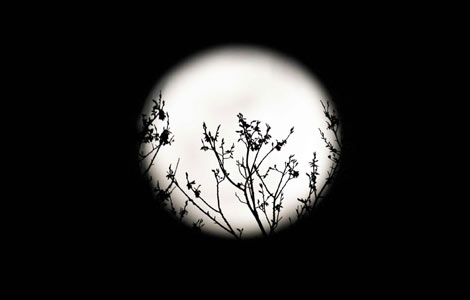Odd News
Philippine fishermen battling with odd alien fish
Updated: 2011-03-12 11:56
By Mynardo Macaraig (Agencies)
MANILA, Philippines - Like some bad science-fiction movie, Philippine fishermen are encountering strange alien creatures: tough, speckled fish with sharp spines that tear and rip their nets.
The suckermouth catfish from South America is just one of a growing number of foreign species that are spreading in local waterways and forests, threatening to edge out the country's indigenous plants and animals.
Locally known as "janitor fish", the catfish were originally introduced for aquariums but careless handling and weak controls allowed them to escape into the wild - just like scores of other animals and plants.
Foreign species may look like cute turtles or lovely flowers, but government wildlife experts warn that they are displacing native plants and animals while causing massive harm to the farming and fishing industries.
"The ecological threat of invasive species is so great, they could transform the landscape, wipe out native species and destroy the diversity of the ecosystem," said government wildlife specialist Anson Tagtag.
The suckermouth catfish has multiplied faster than local species while competing for food and building nests in mud banks, dirtying the waters.
Filipinos generally find janitor fish unpalatable so those that are caught by fishermen go to waste.
In a belated response to the threat posed by all foreign species, the government has started a three-year program to find out exactly what is out there and devise strategies to contain or eradicate the problems.
The program is not expected to work miracles, but it is a promising start after decades of foreign plants and animals being brought into the country without enough safeguards.
Tagtag, who is one of the leaders of the program, said there were about 100 alien plant and animal species known to have become a problem in the Philippines.
Many of these invaders were welcomed into the country, initially for their supposed beneficial effects or as ornamental plants or pets, he said.
Perhaps the best - or worst - example was the golden apple snail from Taiwan, introduced by the government in the 1970s as a possible alternative food source for farmers, he said.
Filipinos never developed a taste for the golden snail, but the snail's taste for rice now causes millions of dollars in agricultural damage every year, Tagtag said.
Other invaders, such as the water hyacinth, were brought into the country purely to decorate fishponds.
Unfortunately, the floating water plant reproduces wildly, clogging water systems and preventing sunlight from reaching other aquatic vegetation.
Tagtag said that in the past the lack of clear rules made it easy to bring in potentially harmful species such as American bullfrogs or the climbing "santana" vines that have flourished.
The Philippines, like its neighbors in Southeast Asia, is generally behind European countries in imposing controls on these alien species, according to Tagtag.
"We are all in the same stage. We all similarly realized just recently how serious this problem is," he said.
E-paper

City of Joy
Welcome to the 'world of smiles' where life meanders slowly.
Preview of the coming issue
Debate on nuclear power revived
The future is now
Specials

Beloved polar bear died
Berlin's beloved polar bear Knut, an international star died Saturday.

Panic buying of salt
Worried Chinese shoppers stripped stores of salt on radiation fears.

'Super moon'
The "Super Moon" arrives at its closest point to the Earth in 2011.
